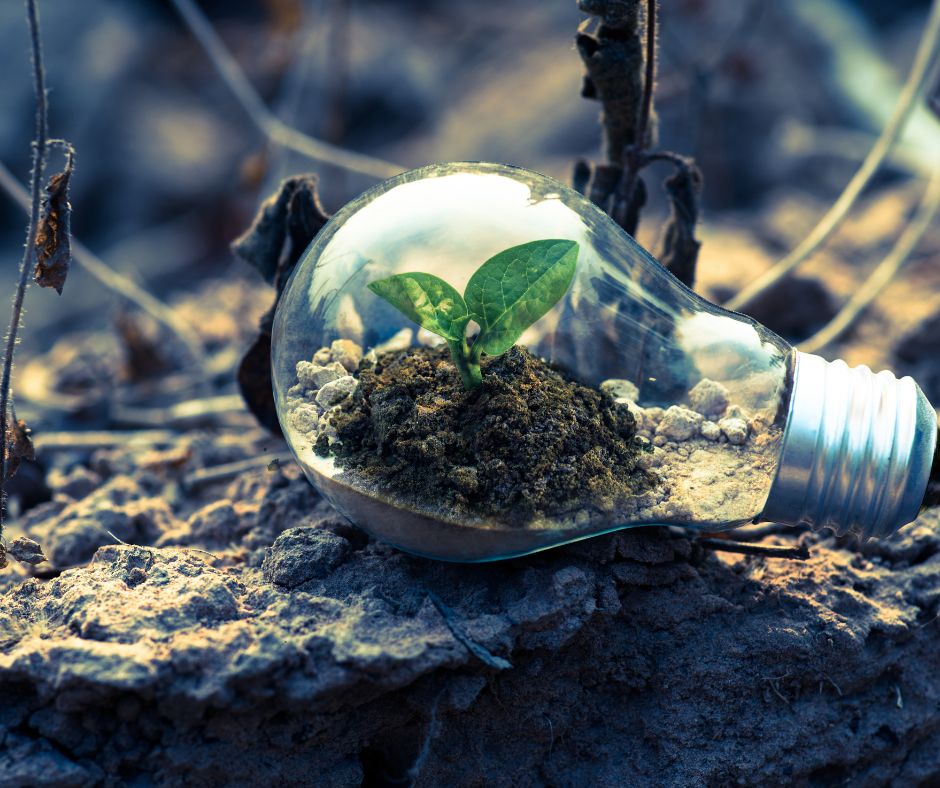
In the current panorama of separate waste collection, in which we are now experts in paper, plastic and glass, there is still a common doubt: where to throw burned out light bulbs ? Or rather: where do you throw used light bulbs of different types, such as low-consumption, halogen or LED?
The answer is not so immediate, but it is fundamental: putting the wrong bin in can have serious environmental consequences, especially when it comes to WEEE waste . This guide aims to offer clear and concrete information on how light bulbs are disposed of, and why it is an important gesture.
Disposing of a light bulb in the wrong container can compromise the recycling of other materials, pollute the environment and even create health risks, due to the presence of mercury in some models. The separate collection of light bulbs is therefore a practice that goes well beyond the simple rule of "where to throw what": it is an act of ecological responsibility.
Furthermore, modern light bulbs — especially LED bulbs — are a technological innovation that saves energy and reduces emissions, but their life cycle still ends with disposal . Doing it well means closing the circle of sustainability.
Now out of production, these are the traditional ones with visible filament. They are not considered WEEE, but they should not be thrown in the glass: they also contain metals and plastics. They should be disposed of in the residual dry waste (undifferentiated) or taken to an ecological island.
Very similar to incandescent bulbs, but more efficient. They may contain small amounts of mercury, so they must be treated as special waste. Their disposal must take place in a WEEE collection center or at equipped points of sale.
They are WEEE for all intents and purposes: they contain gas and mercury, so they do NOT go in the glass or dry bins. They must be disposed of:
The most modern and ecological, but not for this reason to be thrown in common waste. LED bulbs are also part of WEEE waste and must be disposed of:
One of the most widespread beliefs is that light bulbs, being made mainly of glass, should be thrown in the glass container. Nothing could be more wrong !
Light bulbs never go into glass collection, because they contain components that are not compatible with glass recycling, such as: plastics, metals, chemical substances (such as mercury).
To help citizens locate the nearest collection point, there are useful tools such as:
Knowing where to throw away light bulbs is not just a matter of rules, but of ecological awareness. From the correct disposal of low-energy light bulbs to the recycling of LED light bulbs , every decision contributes to a cleaner, healthier and more livable environment.
So, next time a light bulb burns out, stop for a moment: don't throw away an opportunity to make a difference.
Discover all our light bulbs here